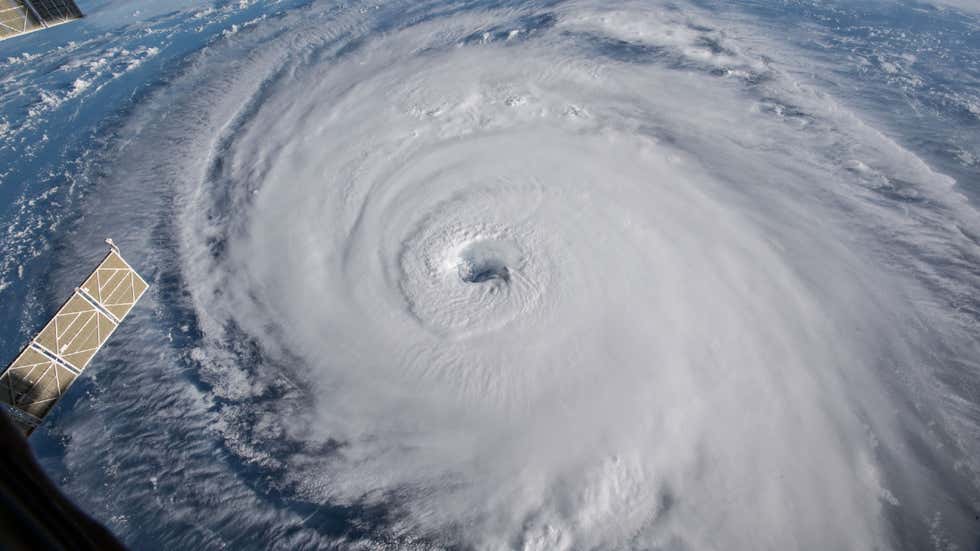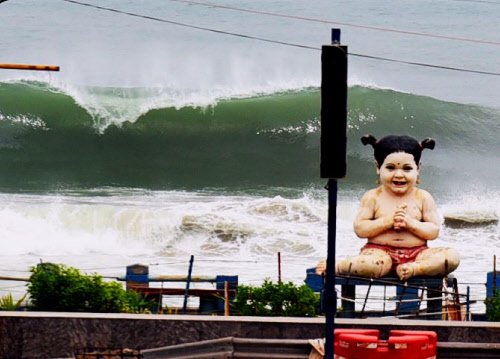
Monkey Hear, Monkey Do: New Study Finds Primates Imitating Other Species’ "Accent" to Avoid Conflict - By @kun5k
weather.com/en-IN/india/en…
(📸: Viviane Costa)
weather.com/en-IN/india/en…
(📸: Viviane Costa)

The phrase ‘when in Rome, do as the Romans do’ may have been created by humans, but it’s the monkeys who are actually out there talking the talk—quite literally.
In a new study, researchers have observed a particular species of monkeys using the ‘accent’ of another species upon entering their territory, so as to avoid any potential conflict and facilitate better understanding among each other.
(📸: Tainara Sobroza)
(📸: Tainara Sobroza)

In doing so, the research has also become the first to show one species of primates adopting another species' call patterns to communicate—a phenomenon that is technically termed asymmetric call convergence.
Co-authored by Dr Jacob Dunn of Anglia Ruskin University, this study closely investigated the behaviour of 15 groups of pied tamarins (Saguinus bicolor) and red-handed tamarins (Saguinus midas) in the Brazilian Amazon.
The critically endangered Pied tamarins have one of the smallest ranges of any primate in the world, and much of it is located around the city of Manaus, the capital of Brazil’s Amazonas.
The red-handed tamarins, on the other hand, are found throughout the north-eastern Amazon region.
Through behavioural observations, the researchers found that when the red-handed tamarin groups entered the territory shared with pied tamarins, the red-handed tamarins changed their calls and instead, adopted the long calls used by the pied tamarins.
Boasting greater vocal flexibility and being more frequent at using calls as compared to the pied tamarins, scientists believe the red-handed tamarins altered their calls to avoid territorial disputes over resources.
“When groups of tamarins are moving quickly around mature Amazonian forest it can sometimes be difficult to tell the species apart..."
... "But during our research, we were surprised to discover they also sound the same in the areas of the forest they cohabit,” said lead author Tainara Sobroza of the Instituto Nacional de Pesquisas da Amazonia.
Co-author Dr Jacob Dunn, Associate Professor in Evolutionary Biology at Anglia Ruskin University, further stressed the fact that closely related species that share geographic ranges tend to develop interesting evolutionary patterns.
He quoted the famous example of the Galapagos finches that were studied by Charles Darwin. These passerine birds’ beaks evolved to specialise on different foods on the islands, so as to avoid competition for resources.
“In some cases, rather than diverging to become more different from one another, some closely related species converge to show similar traits..."
... "Our study is the first to show asymmetric call convergence in primates, with one species' call becoming the 'lingua franca' in shared territories,” said Dunn.
• • •
Missing some Tweet in this thread? You can try to
force a refresh













